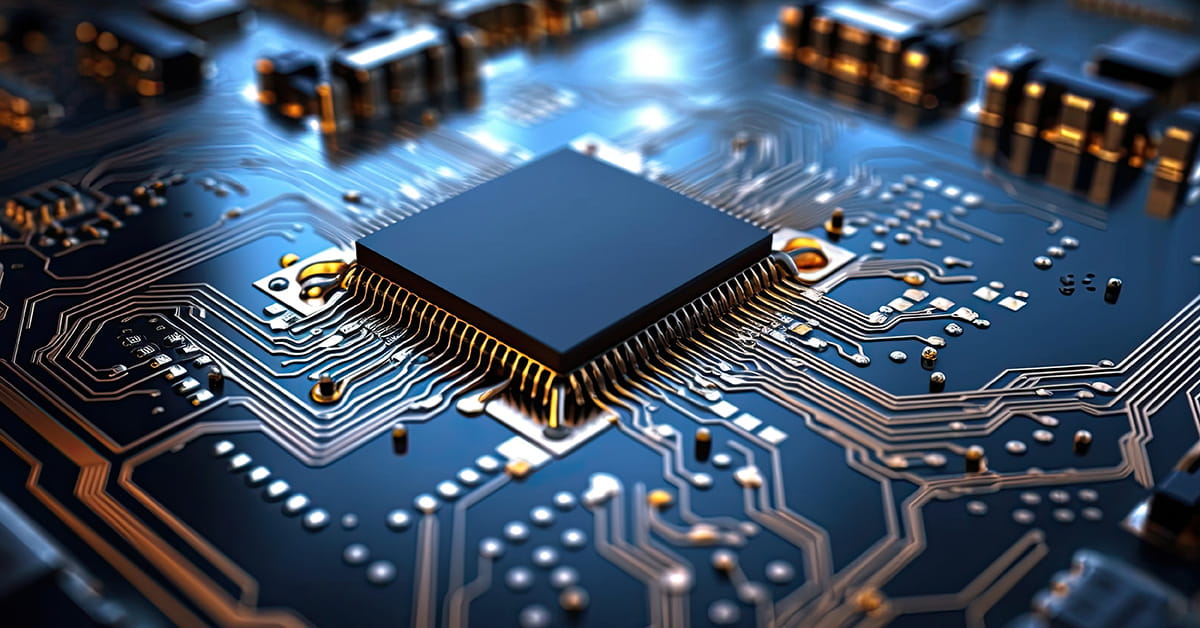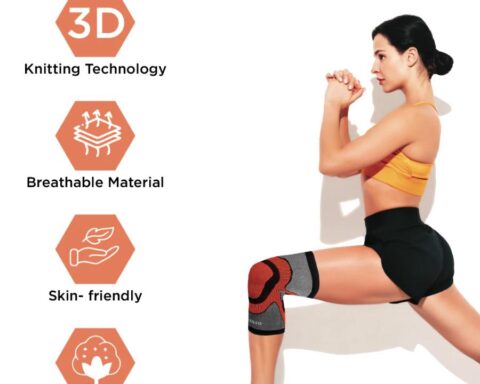Introduction
Printed circuit board (PCB) assembly is a major cost factor in producing electronic products. The expenses from components, manufacturing, test, and overhead can quickly escalate during product development.
Managing PCB assembly costs without sacrificing quality requires strategic design decisions, supplier negotiations, process optimizations, and rigorous quality control. There are many levers that engineers and supply chain managers can use over the full product lifecycle to reduce PCB assembly costs.
This article explores techniques to optimize PCB assembly expenses at each stage of the process.
Design Stage
Decisions made in the design phase have the most significant impact on manufacturing costs:
- Standardize components – Reduce unique parts numbers and packages.
- Use common footprints – Enables part substitutes and 2nd sources.
- Eliminate custom connectors – Standard interfaces lower costs.
- Consolidate values – One resistor value across multiple locations.
- Reduce layer counts – Potentially lower layer PCB costs.
- Scale power systems – Right size for power needs.
- Utilize GPIOs – Reduce specialized interface components.
- Design modularly – Re-use sub-assemblies across product families.
- Enable testability – Add access points to ease validation.
- Simulate manufacturing – Model assembly, thermal, and vibration.
- Follow DFM guidelines – Refine manufacturability with each spin.
Squeezing cost from PCB assembly starts with an optimized, manufacturing-friendly design.
Component Selection
The bill of materials (BOM) makes up a significant portion of assembly cost. Strategic part selection and sourcing can yield major savings:
- Standardize parts across projects for bulk pricing.
- Choose components with multiple supplier sources.
- Qualify 2nd and 3rd sources for commodities.
- Leverage preferred suppliers with discounted pricing.
- Shop BOM early for budgetary pricing.
- Review distributor stock for lower cost options.
- Consider generic or house-branded components.
- Negotiate volume-based price breaks.
- Substitute specialty parts which add costs.
- Protect supply with last time buys on obsolete parts.
There are always opportunities to refine the BOM to reduce expenditures.
Assembly Process Optimization
Driving cost from the assembly process involves optimizing the production flow:
- Productivity – Add capacity, balance lines, improve changeovers
- Yield – Statistical process control to eliminate defects
- Automation – Reduce manual steps with automated processes
- Labor – Manage headcount, cross-training, schedules
- Consumables – Right size solder paste, glue, epoxy usage
- Equipment – Standardize models, predictive maintenance
- Testing – Optimize routines to eliminate false fails
- Data metrics – Collect detailed cost drivers by product
- Lean tools – Setup reduction, 5S, value stream mapping
- Cycle time – Reduce work in process (WIP) inventory
- Energy management – Efficient lighting, HVAC improvements
There are always opportunities to gain incremental improvements.
Managing Overhead
Operational expenses add significant overhead burden to PCB assemblies. Focus on driving down:
- Facilities – Optimize space needs and expand incrementally.
- IT infrastructure – Server optimization, network bandwidth management.
- Software – Consolidate systems, negotiate licenses.
- Capital equipment – Extended lifecycle use, equipment sharing.
- Logistics – Optimize shipments, packaging, and warehousing.
- Inventory – Lean stockrooms, improved turns, JIT delivery.
- Business costs – Streamline backoffice processes.
- Compliance – Quality system optimization.
- Corporate initiatives – Prioritize projects with clear ROI.
Managing overhead is an ongoing process as companies scale.
Supplier and Component Cost Reduction
Work closely with suppliers to collaborate on cost initiatives:
- Volume discounts – Negotiate preferential pricing at certain purchase levels.
- Design guidance – Supplier input on cost optimization tradeoffs.
- Value engineering – Substitute new lower cost components through testing.
- Last time buys – Give early notice for end-of-life components.
- Component engineering – Evaluate alternate packages or technologies.
- Multi-year agreements – Lock in favorable pricing with commitments.
- Turnkey management – Suppliers procure BOMs directly.
- Payment terms – Extend terms to optimize cash flow.
Keep suppliers incentivized to drive costs lower over time.
Test Strategy Optimization
Validation and testing are crucial but drive cost. Balance with a right-sized strategy:
- DFM – Design for manufacturability and testability upfront.
- Simulate – Model designs digitally before building physical boards.
- HALT/HASS – Stress testing to eliminate weaknesses and overdesign.
- SBCs – Use low cost system block circuit boards for characterization.
- Debug early – Provide test engineers prototypes to validate.
- Known good – Incremental testing by component suppliers.
- Test optimization – Analyze for redundancies and false fails.
- Diagnostics – Tools like boundary scan improve fault isolation.
- Data analytics – Collect and analyze test metrics.
- Automation – Deploy auto testers to replace manual labor.
Mature reliability practices coupled with upfront DFM reduces overall validation costs.
Change Control Rigor
Manage changes tightly once in production:
- Engineering change process – Formalize ECN/ECO steps.
- Change boards – Limit revs to drive volume and learning.
- Regression testing – Isolate impact of changes before implementation.
- Field upgrades – Design products for easy field changeability.
- Last time buy – Give suppliers notice to protect part stocks.
- Obsolescence planning – Manage BOM lifecycles and substitutions.
- Process control plans – Document processes before changes.
Disciplined change management is essential for continuous cost improvement.
Conclusion
PCB assembly cost management should start in the earliest design stages and continue through the entire product lifecycle via cross-functional collaboration between engineering, supply chain, manufacturing, test, and service teams. By enacting a holistic cost optimization program, significant savings can be achieved while maintaining product quality, reliability, and meeting schedules.
Frequently Asked Questions
What are the biggest drivers of PCB assembly cost?
The biggest drivers are typically:
- Component costs
- PCB fabrication costs
- Manual assembly labor
- Solder paste, adhesives, coatings
- Test labor and overhead
- Rework and scrap
- Underutilized capacity
- Excess inventory
Where can the most impactful cost savings be realized?
The most impactful savings come from:
- Design decisions influencing manufacturability
- Component selection and consolidation
- Optimized assembly processes
- Reduced overhead through automation and scale
- Managed test scope and strategy
- Controlling change
What are key indicators for tracking assembly costs?
Key metrics include:
- Cost per PCB
- First pass yield
- Assembly time per board
- Test cost per board
- Components per board
- Labor hours per board
- Inventory turns
- Scrap rate
- Utilization rates
- Change order cycle times
How can suppliers help reduce PCB assembly costs?
Suppliers can help by:
- Providing design for manufacturing guidance
- Suggesting alternate components
- Offering discounted volume pricing
- Managing inventory buffers
- Performing sub-assembly testing
- Investing in automation
- Absorbing excess capacity
- Financing for equipment and facilities
What resources help maximize assembly cost savings?
- DFM design guidelines and checklists
- Supplier cost reduction programs
- Lean/Six Sigma continuous improvement training
- Industry cost comparison benchmarks
- Should cost modeling data
- RFQ templates leveraging volume pricing
- Automated production monitoring and analytics
- ERP system inventory optimization
- Obsolescence monitoring services






